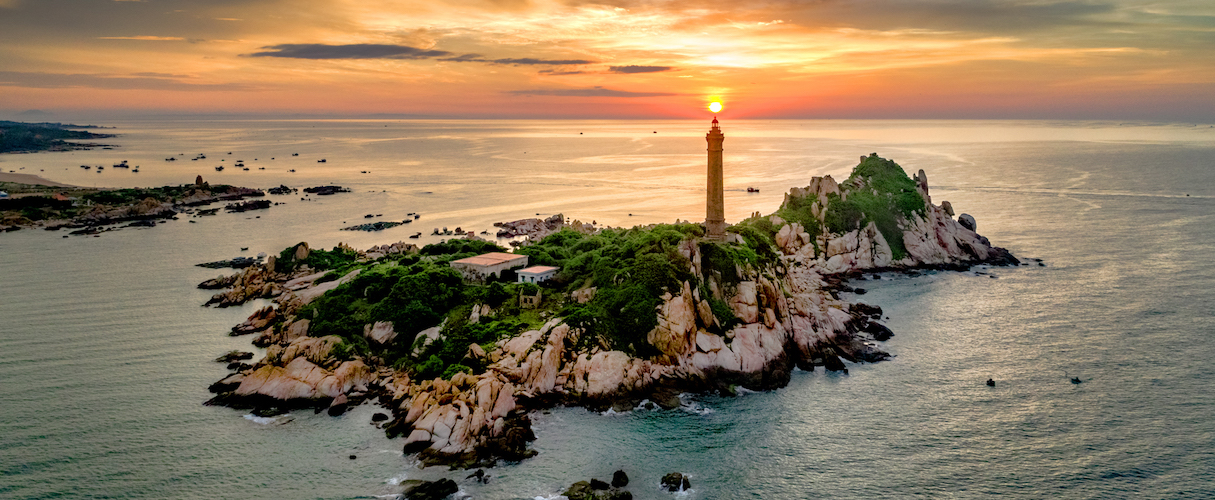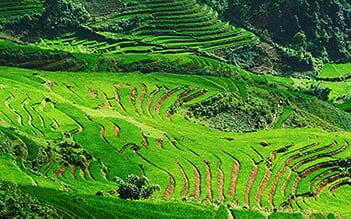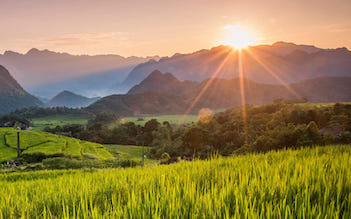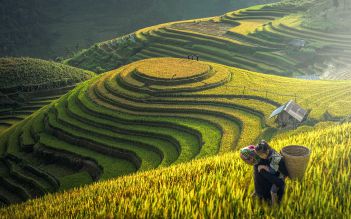Overview
Mui Ne is the most prominent coastal resort town in Vietnam which span over 15 kilometres that are lined with shopping venues as well as luxurious beachfront resorts. The northern end of Mui Ne Bay is home to a traditional fishing village, offering a picturesque view of the coastline life under swaying palm trees and colourful fishing boats moored on the water surface. Visiting the fishing harbour at dawn is must-do as you might be keen on local fishermen working on hundreds of fresh seafood such as scallops, crabs, and stingrays.
An overview of Mui Ne
When it comes to dining on Nha Trang – Mui Ne 2 day tours, it's about a wide range of beachfront restaurants serving authentic Asian cuisine, local specialities, and fresh seafood from the East Sea. There are also plenty of expat-owned and resort restaurants that offer international dishes from around the world. Nightlife in Mui Ne comprises a handful of hotel bars, late-night restaurants, and hippy lounges scattering along the beach. Most of these venues host vibrant parties, cultural nights, movie screenings, bonfires, dance performances, and guest DJs from all across Vietnam and Europe.
.jpg)
Mui Ne
Best time visiting Mui Ne
Mui Ne is under a tropical monsoon climate that separates into 2 seasons: the rainy season and the dry season. The rainy season falling between April and October while the dry season lasts from November to March. This coastal town is the driest region in Southern due to its close proximity to the Binh Thuan Desert.
As a result, Mui Ne attracts visitors looking for unique geological formations such as Fairy Stream or Sand Dunes. The average temperature is about 27°C between the months of November and April, Mui Ne also receives very little rain amount compared to other cities in Vietnam, wearing comfortable clothing is highly recommended. Remember that swimwear is only appropriate for the beach and topless sunbathing is prohibited in Mui Ne
What to do
Fairy Stream
Located 18 km northeast of Phan Thiet City, Fairy Stream is well known in Phan Thiet and Mui Ne due to its dramatic landscape of reds, whites, oranges and pinks. This geological formation is actually a water fissure nearby Rom Island that’s flanked by sand dunes on one side while the other is a forest of verdant trees, blossoming flowers, and coconut palms. With water flowing from Ham Tien’s Dinh Mountain, the stream is about ankle-deep and even in the deepest part, the water level doesn't surpass the knees.
Mui Ne fishing village
Mui Ne Fishing Village is the best place to witness local life and enjoy fresh seafood during the holiday in Mui Ne. At the northern end of Mui Ne Bay, this village also offers a splendid view of the coastline with palm trees and colourful fishing boats moored on the water surface. It's highly recommended to go to the harbour in the early morning when the fishermen return from the sea with the massive haul of living crabs, scallops, or stingrays. In the southern end of Mui Ne Fishing Village, there’s a small inhabited beach that’s covered by colourful seashells have been washed up on the beach over year by year.
.jpg)
Mui Ne
Po Dam Towers
The Po Shanu Cham Towers are located at Ong Hoang Hill, comprising three ancient Champa towers which were built during the 8th century. Together with My Son Sanctuary and Po Dam Towers, the ruins are recognized as significant cultural symbols of the ancient Champa Kingdom. The Po Shanu Cham Towers were built to honour Hindu deities Lord Shiva, Agni and Nandi. The main tower was measured of 15 metres in height, with an altar of Lord Shiva while the other two stand at 12 metres and 5 metres respectively.
Mui Ne Beach
Mui Ne is known for its dramatic landscape of mixture between red and white sand dunes spanning dozens of kilometres along the coast. Mui Ne featured immense sand dunes meandering through kilometers of roads under coconut trees. The beach is shallow and sloped, the water is clear and calm. The typical scenery of Vietnam Beach Gateaway 14 day tours in Mui Ne is in the moving waves of golden sand caused by the wind. The scenery looks more fascinating at dawn. That's why no photographer misses this area.




